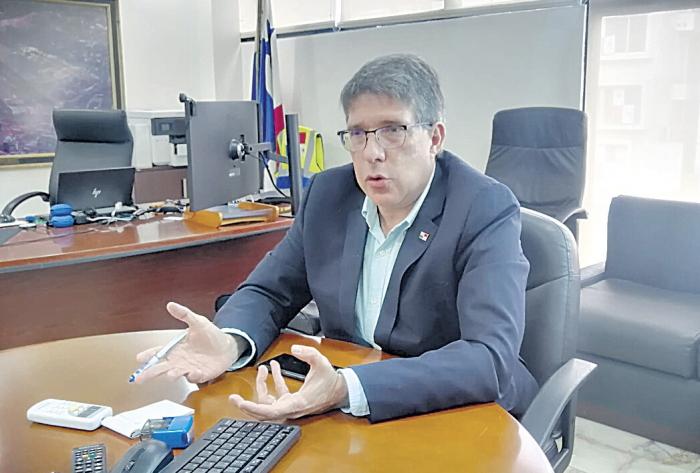Panamanians and EX-Pats should know more about IDAAN. Quality of H20 and Quality of septic.
- By : James Bryson
- Category : Environmental, Health, Infrastructure

The National Government will not promote changes to the law of the Institute of National Aqueducts and Sewers (Idaan), but it is advancing in a process of transformation of the entity, which according to its director Juan Antonio Ducruet, is already in operation and its results, he assures, will be seen at the end of 2023.
“If the law has to be changed, it will be done, but right now the priority is to change the institution, change the culture, change the strategy to improve the service,” said Ducruet, who is in charge of Idaan for the second time. Previously in the Government of President Martín Torrijos, he also held the same position.
However, even after his first management in this institution and those carried out by directors general of subsequent governments, the reality of Idaan has changed little.
Idaan customers maintain a delinquency of $107 million, the institution produces 350 million gallons of water a day, but has a commercial loss of 40%. (Half of that 40% reaches homes, but is not billed).
And furthermore, instead of being a profitable public company, it barely generates or bills $120 million per year, but it needs $200 million per year to operate. The rest of the money is provided by the State with budgetary transfers.
But what does the Idaan need to be a profitable company?
For Ducruet, a transformation process is required that he assures has already begun and that has three fundamental pillars: public investment, digital modernization of Idaan and the improvement of commercial management.
All this includes investment in infrastructure for the production of drinking water, investing in human capital, investing in organizational capital; that is, that it is a company that always works by procedures, that it works based on digital transformation, that there is a documentary transformation or that there are no papers and that everything is through technology, that the invoice reaches the clients to the cell phone or that they can pay their bills through online banking, explains Ducruet.
“That will be in 2023. This has already started, there is a transformation of the brand, there is a transformation of the image, we are going to have new equipment, we are going to improve the crews. It is a whole process to better meet the expectations of our clients, since be it from filing a complaint for a leak, making it easier for them to pay their bills, to making sure that consumption is measured so that the entire system works regardless of the rate,” he said.
On the budget issue, Ducruet considered that Idaan should be treated like the Panama Metro or how hydroelectric companies are treated, when referring to the state subsidies they receive for providing a public service of social interest.
“The Panama Metro is a public company and works like a first-world company. Many people believe that Idaan should look like the ACP, which is a great model, but I think we should look more like the Metro. The important thing is that be profitable, not who pays what percentage of the ticket, because in the end we have to improve this company and make it work”, he specified.
Rate adjustment?
When asked about the possibility of the rate being adjusted, Ducruet assured that this is highly unlikely.
“What is very likely is that whoever has the ability to pay for water and does not pay for it will be cut off and that will be next year, because people have to catch up because this institution belongs to everyone.”
What Ducruet does not rule out is that a rate adjustment may be applied in the future, depending on the level of consumption. The current rate is around 20 cents per cubic meter.
This would work by applying a tiered rate where the customer would have a vital minimum of consumption paying the current rate, but the one that exceeds the percentage of the vital consumption ceiling would have an incremental adjustment in the rate for the customer to save.
In addition, a person normally consumes an average of 80 gallons of water per day, but there are sectors where consumption exceeds 120 gallons per day.
“The rate encourages savings or punishes waste,” said Ducruet.
He indicated that in the residential part that is not the objective at this time, and they do not intend to touch the residential rates, but that they will go first for the efficiency in the measurement, because it is important that the Idaan measures so that the client pays what he consumes.
In this sense, he pointed out that Idaan is offering its clients discounts, payment arrangements and other facilities until December 31.
He assured that his obligation is to collect water and explained that between 85% to 90% of the entity’s clients receive water 24 hours a day.
“I am not happy with the other 10% who, due to some situation, do not receive it. I am ashamed that as a State we have this delay in investment, but that does not mean that the other 85 to 90% who do receive it have an argument not to pay for it, because on top of that it is very cheap and I need them to pay for it so that they can use it rationally”, he concluded.



No Comments